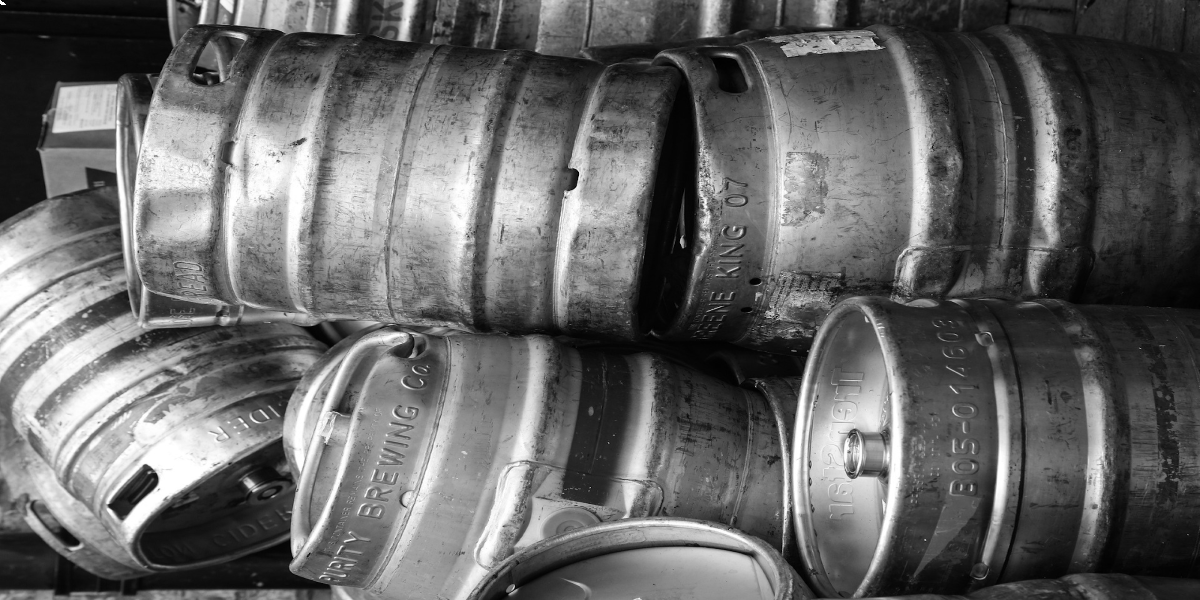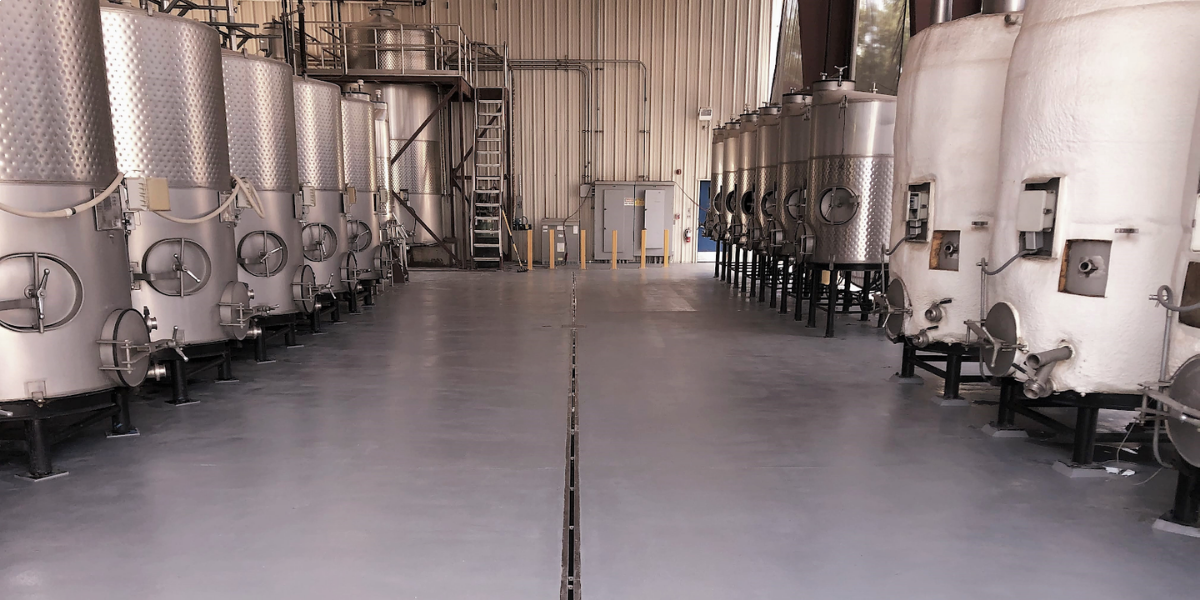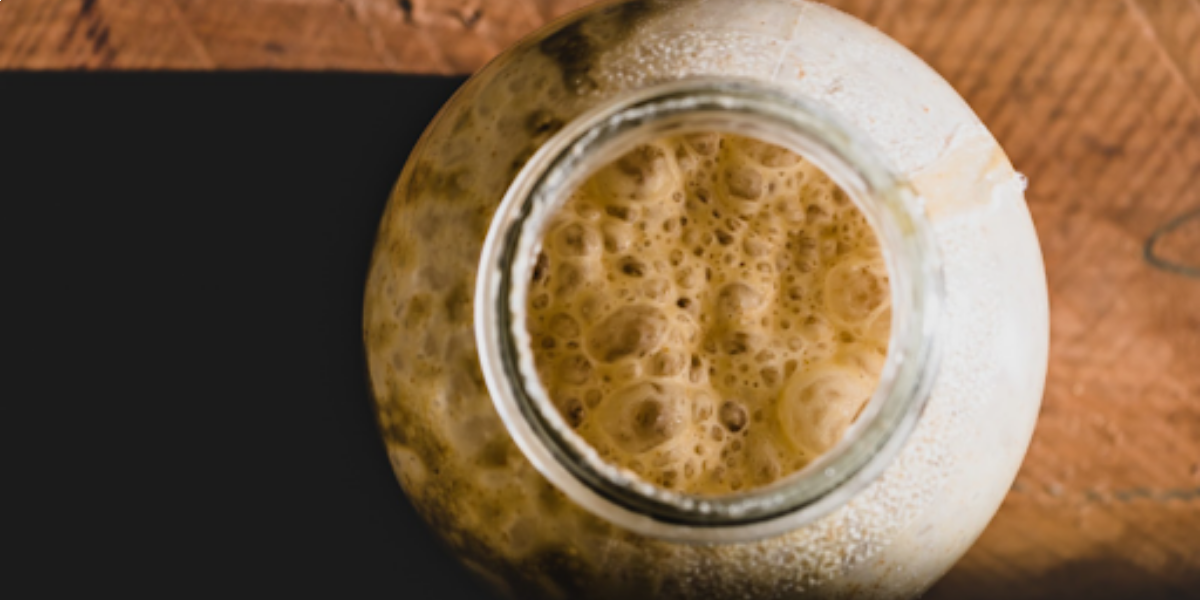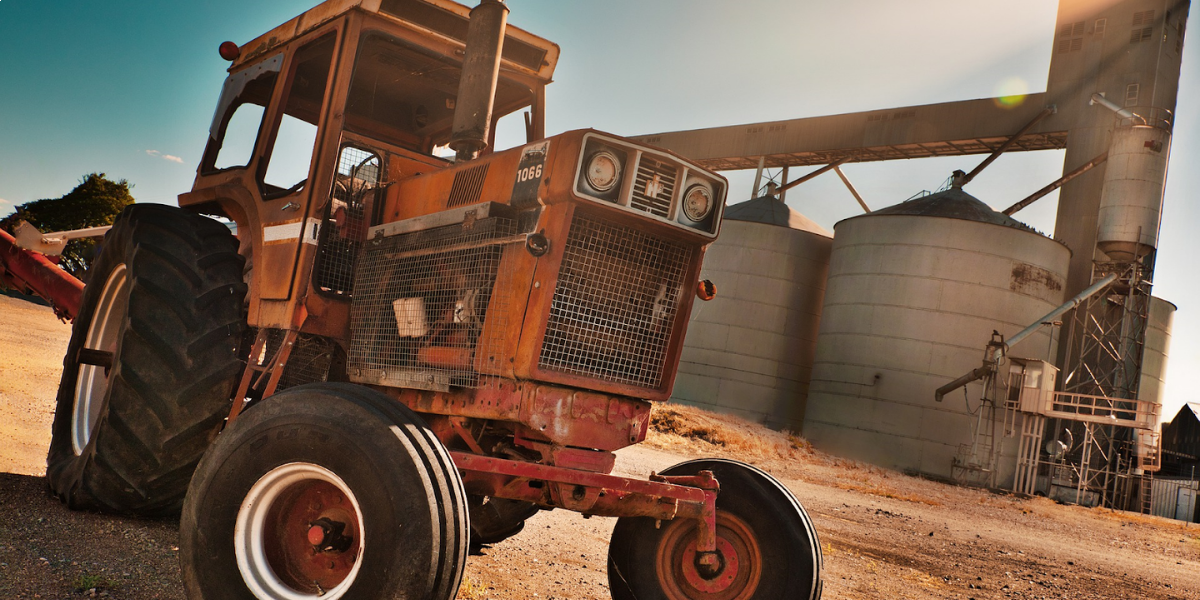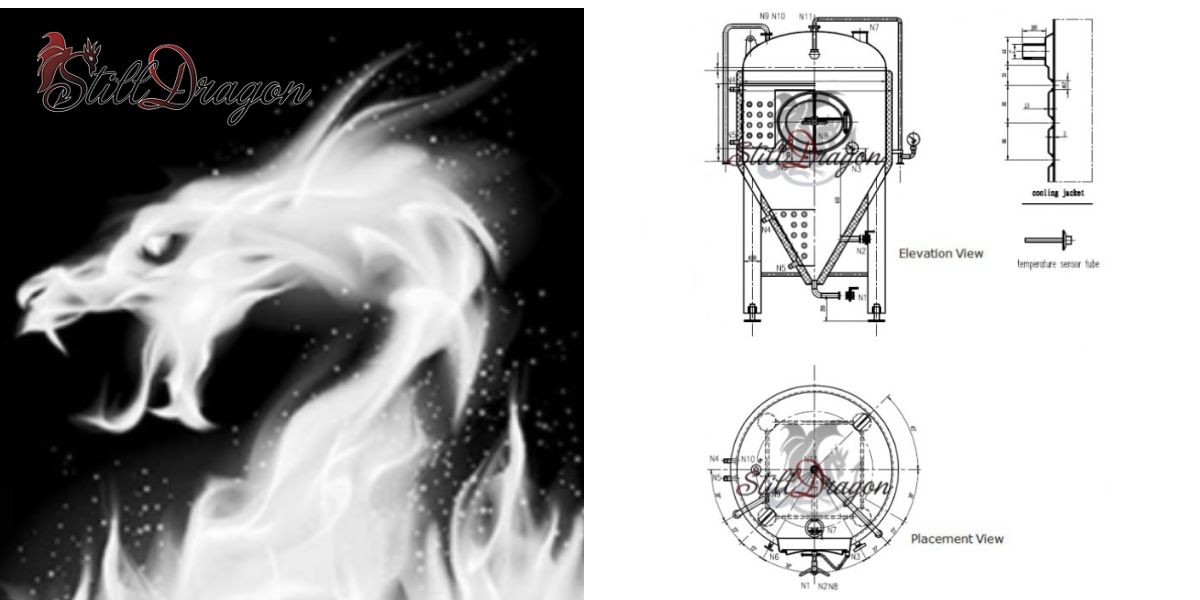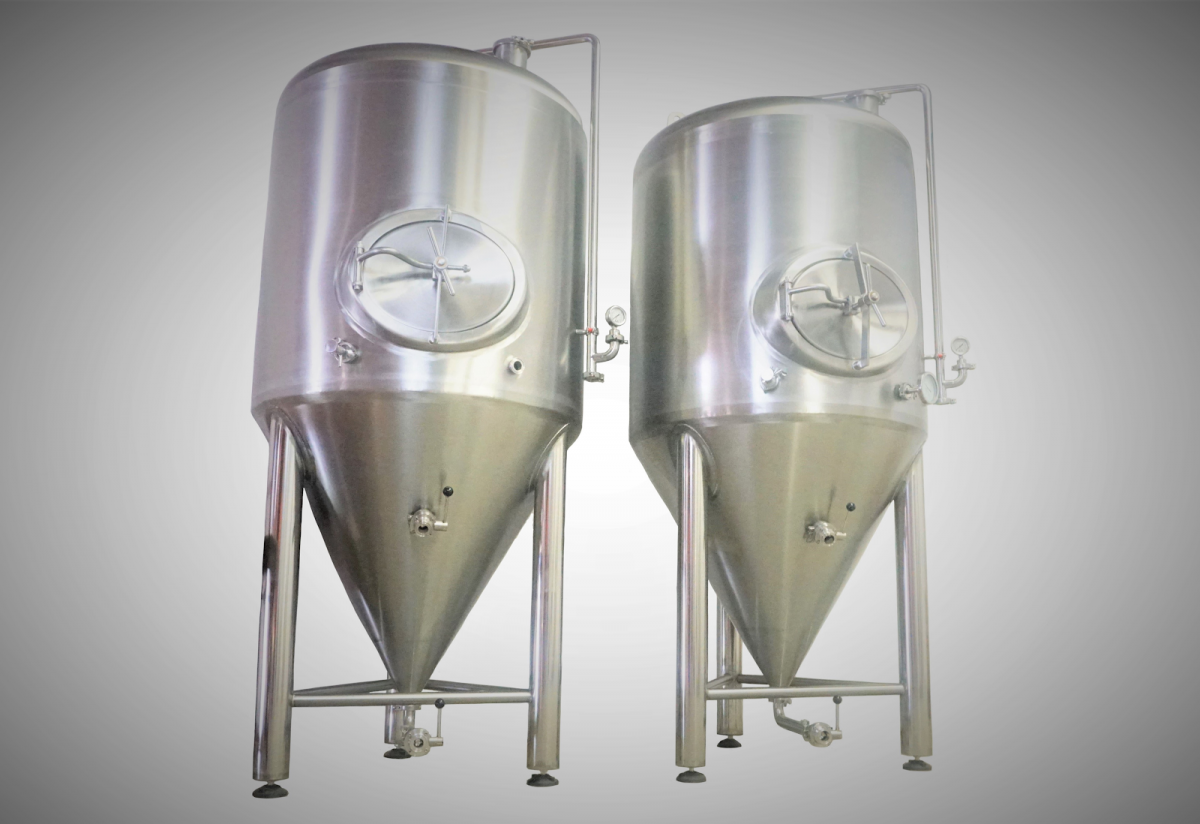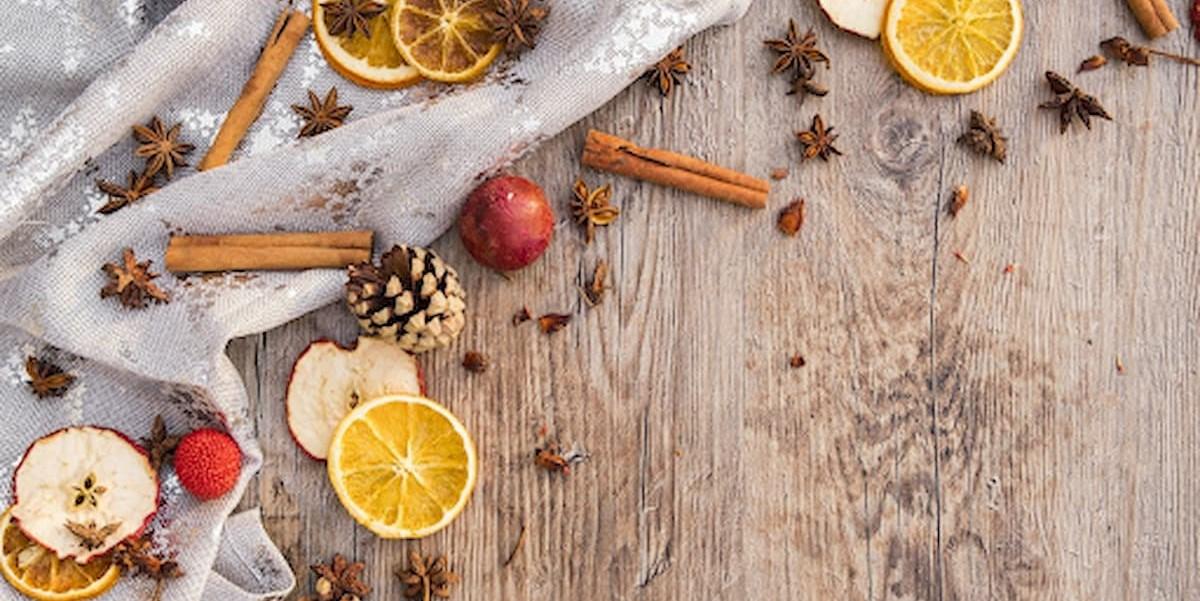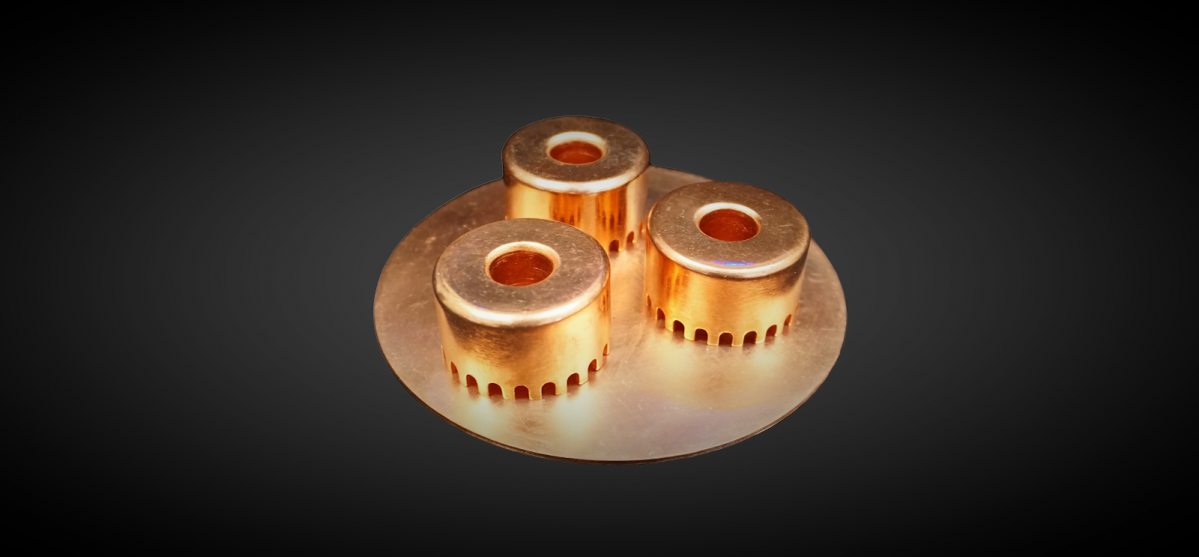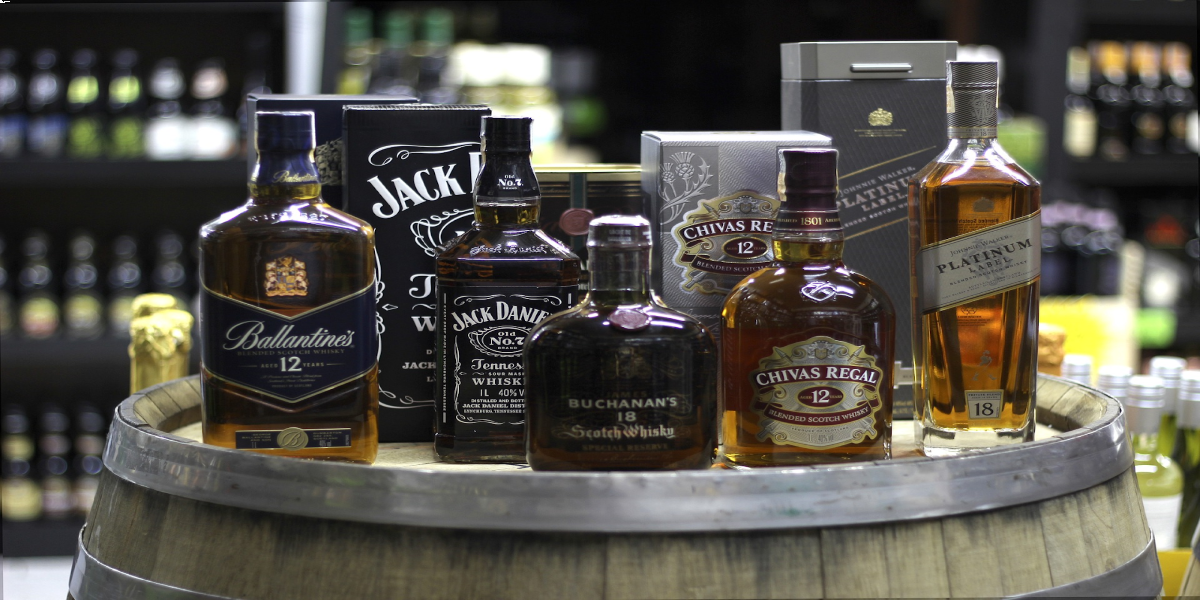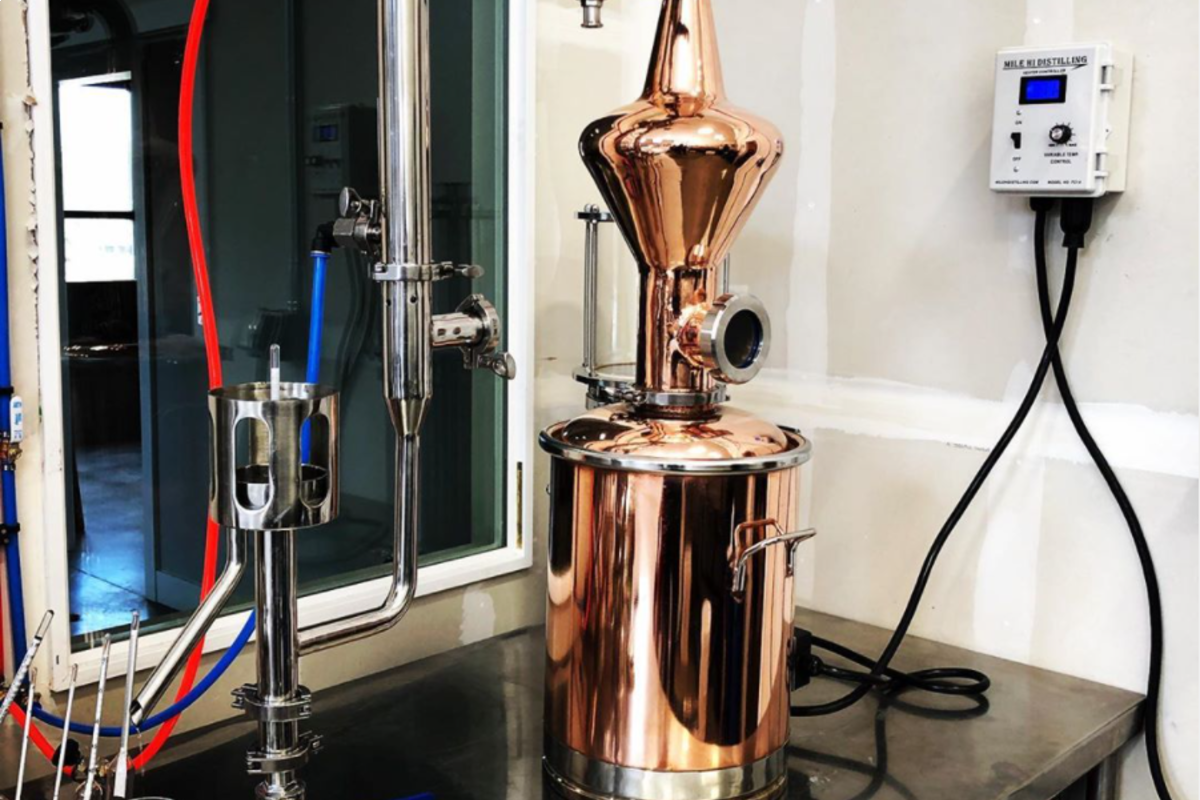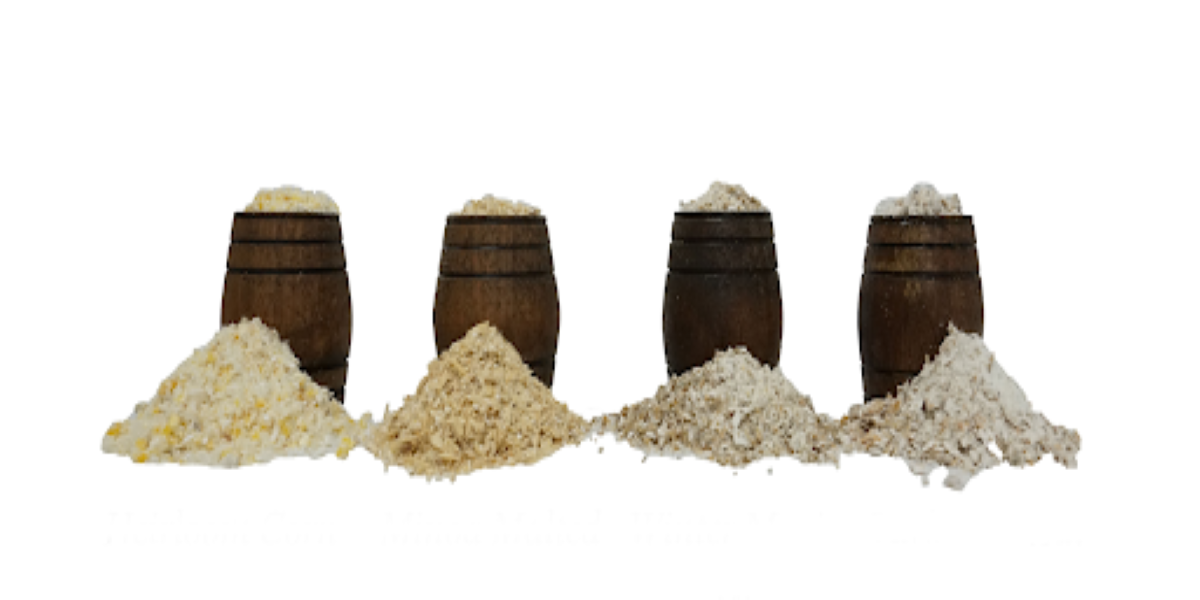Article by Bradley Newell, Photo by Chris Reading
Tips on How to Make a Beer Keg Reflux Still
Most of us enjoy a nice tipple and learning how to make your own can be a wonderful hobby to pursue. Before you get started please make sure you research your local laws regarding hobby distilling, we are not lawyers and wouldn’t dream of giving legal advice. Every country and state has different laws regarding the legality of producing your own spirits. If you live in the United States it is federally illegal to distill your own spirits, period. However, just like with marijuana laws each state has its own laws and enforcement procedures. It will be up to you to determine the law of the land where you live and make your decisions accordingly.
A great resource for general distilling knowledge is the Home Distiller Blog for all things distilling. They have a great article about building a DIY reflux still here. There’s also a ton of useful information on the site for distillers of all sizes and experience levels. There are a lot of useful tips and tricks there, and it can save you a lot of time by giving you insight into someone else’s hard-won knowledge.
Before you get started, though, it’s very important to make sure your setup is running safely. Leaky stills aren’t just inefficient they’re also dangerous. Ethanol vapors are heavier than air so there is a risk inherent in using any external heat source, especially an open flame, to heat your kettle. We recommend using an electrical heating element in a small still as it is much safer than an open flame.
Keg to Keggle
Now that we have our legal and safety disclaimers out of the way let’s talk about actually making your equipment! There are a few basic components that every still will need. You’ll have to have a kettle of some kind to boil your wash, you’ll need some amount of copper in the vapor path either in the form of a copper helmet or a column to help clean sulfur out of your spirit, and you’ll need a product condenser to turn the vapor back into a liquid. While this sounds pretty straightforward there are almost endless variations on each one of these components and they all should work together to help you distil the best possible spirit. Since there are so many possibilities we’ll start with making a still from a repurposed beer keg and home made components. If any of this sounds too complicated or you’d like to save yourself some work please check out our equipment.
The kettle is arguably the first step in the actual process of distillation so we’ll start there. We’re converting a beer keg to a still so there are a few things to keep in mind. First is where to purchase a keg, your local bar doesn’t actually own the kegs they use so you’ll need to shop around. There are plenty of kegs out there so you shouldn’t have too much trouble finding a good deal. Once you have your keg you’ll need to cut a hole so your heating element can be fully immersed in liquid during your run. Dry firing a heating element will cause damage pretty quickly so it’s important that it stays immersed during the entire run. You may also want to cut a drainage port and put a valve on it to make cleaning easier between runs. Some other optional add-ons could be a sight glass to check your fill level and a port to fill your keg without disassembling your still between every run. While you’re getting your keg set up just like you like it make sure that the flange on the top is compatible with whatever you’re going to add next in the vapor path so that you don’t have to retrace your steps and bring your welding equipment back out again.
Once your keg is done we can move on to the next stage of the vapor path. If you’re adding a copper helmet to the pot still then you don’t have a ton of work at this stage, just make sure all the connections are compatible and you’re good to go. If you’re looking to add a reflux column then you’ve got some choices to make. You can purchase a column that comes with all the bells and whistles you’ll need or you can make your own. The Home Distiller Blog article referenced above talks about how to make a Boka Reflux Still, but there are other options. If you’d like to run a packed column, it can be pretty simple to add a filter disk or some other screen to make sure that the vapor can go through the packing and the packing stays where it is and doesn’t fall back into the kettle. If you’d like to try a plated column you can fabricate your own tees and plates using pipe sections and flanges. This is more work up front and is a little more complicated but it will make your still more modular so you can change configurations to make different types of spirits and it will help make it easier to disassemble and clean. Another great addition is to add sight glasses to your column so you can make sure you’re getting good reflux and flow through your run. Whatever kind of apparatus you have sitting on top of your kettle you should have some way of measuring the vapor temperature to help you get the best possible spirit on your equipment before it heads to the product condenser.
The product condenser is the last stage before your spirits can be collected and stored. There are several different types of product condensers and they all have their pluses and minuses. The traditional “worm” style condenser is the simplest to make and has served spirit makers well for generations. It consists of a copper coil immersed in a cool water bath with an open end to collect product. This is by far the simplest condenser to make for a DIY setup and is a decent place to start on your first still. If you’re feeling a little more adventurous then you can try making a Liebig condenser. A Liebig condenser is a simple shell in tube condenser that condenses the vapor in a tube inside a bigger tube that contains circulating water. This gives you more control during your run over how much cooling you can throw at the product condenser. If you’re feeling up to the challenge you can use a shotgun style condenser. This kind of condenser is like a Liebig on steroids. Instead of having a single tube there are several tubes running through the condenser. This gives you a much bigger surface area and much better condensing power in the same sized condenser.
Whichever way you configure your kettle, column, and condenser, you’ll likely want to add a way to control how much heat you put into the kettle. It is possible to turn your heating element on full blast and let your system run however it will but this gives you zero control over the final product and it’d be similar to throwing dinner in an oven set to a random temperature and hoping it will come out ok. By having a controller on the heating element and monitoring the vapor temperature you have more control over the system and the final product that comes out of it. We have a handy DIY kit to help you control the system but you can use whatever method works for you.
These are the basics for setting up your own keggle. They should help you get started in creating your own setup. There’s more than one way to set up these stills, and it may take some experimenting to find your perfect setup. Part of the craft of distilling is experimenting and constantly improving your process. If you have questions or need guidance on the equipment, please contact us through the website or by phone at 561-845-8009. Just don’t ask us about the legal stuff: we are definitely not lawyers!
